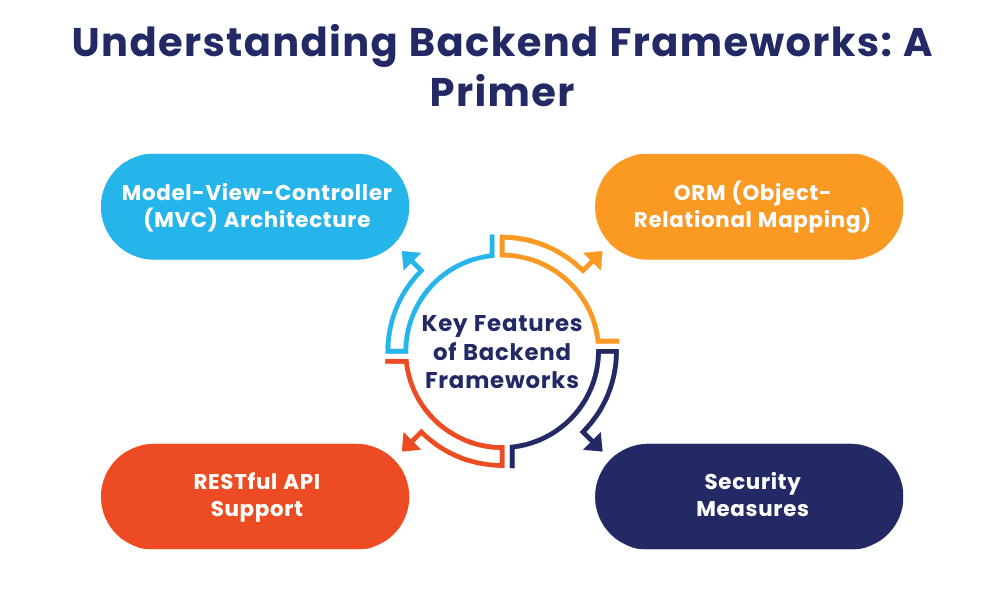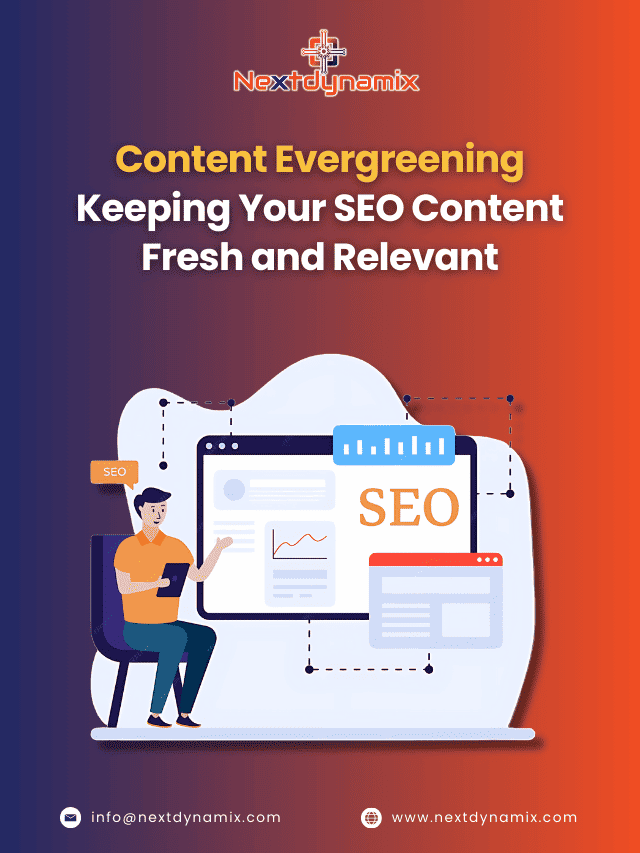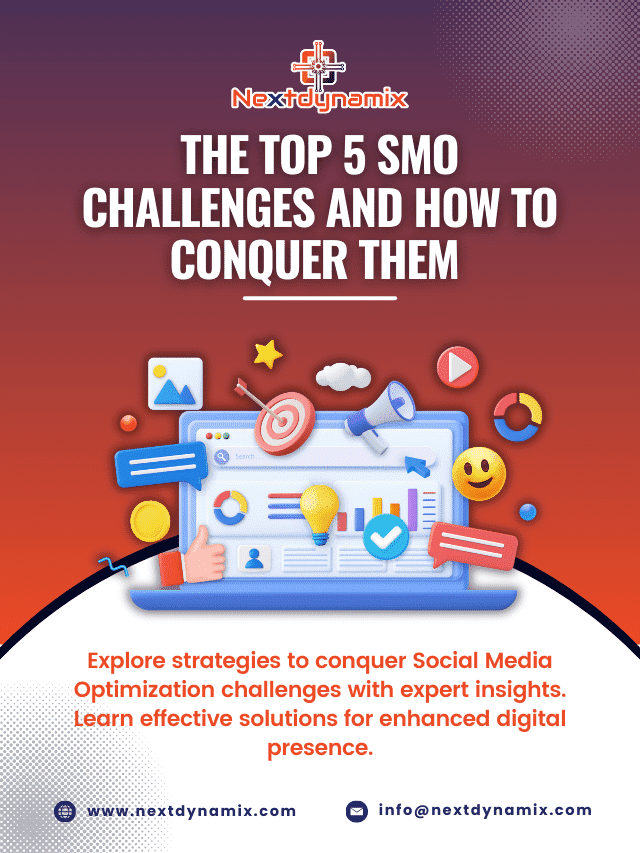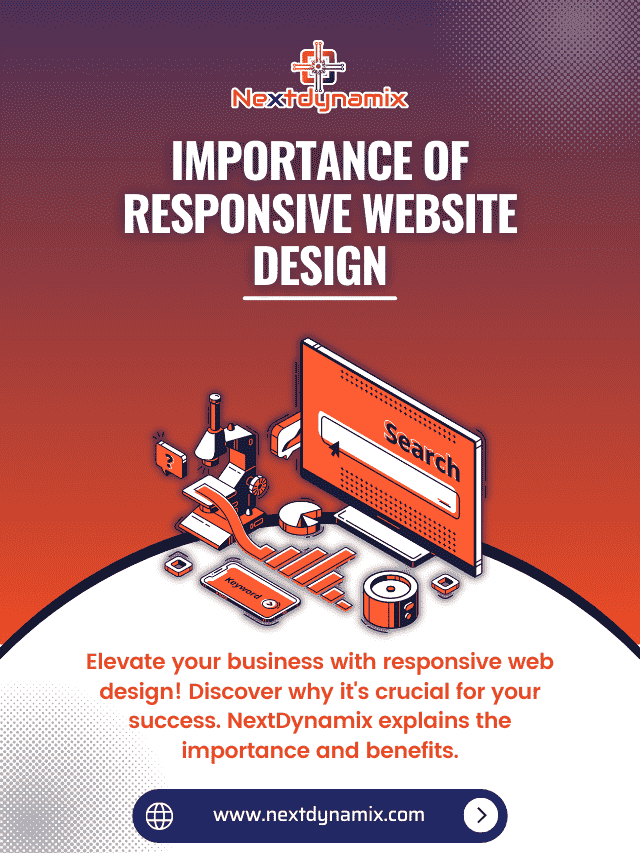Exploring the Most Popular Backend Frameworks in 2024
In the ever-changing world of web development, backend frameworks are the engine behind virtual systems that determine their functionality, performance, and scalability. As we transition into 2024, it becomes necessary to be well-informed on the latest trends and innovations in backend technologies. In this detailed guide, we will go on a journey to explore the most popular backend frameworks that are ruling in 2024.
Understanding Backend Frameworks: A Primer

Before getting into specifics, a foundational knowledge of backend frameworks is essential. Fundamentally, a backend framework gives developers a structured way to build server-side applications. These frameworks come with a set of pre-built components, libraries, and tools that speed up development, which in turn boosts productivity and code maintainability.
Key Features of Backend Frameworks
-
Model-View-Controller (MVC) Architecture:
Most backends follow the MVC architectural pattern, which is very useful for promoting code organization and separation of concerns.
-
ORM (Object-Relational Mapping):
ORM tools help to interact with databases by mapping database objects to programming language objects so that no manual SQL queries are needed.
-
RESTful API Support:
With the growth in web APIs, modern backend frameworks put a premium on RESTful API design to ensure interoperability and integration with other services.
-
Security Measures:
Backend frameworks include powerful security features such as authentication, authorization, and data encryption which prevent vulnerabilities and cyber threats.
Now that we’ve set up a framework (pun intended), let us proceed to review the most popular back-end frameworks that are catching attention in 2024.
-
Node.js

Node.js continues to reign supreme as one of the most preferred backend frameworks for web development. Powered by the V8 JavaScript engine, Node.js enables developers to build fast and scalable network applications using event-driven, non-blocking I/O paradigms. With its extensive ecosystem of modules and packages available through npm (Node Package Manager), Node.js empowers developers to create real-time, data-intensive applications effortlessly.
-
Django

Django, a high-level Python web framework, remains a top choice for developers seeking rapid development and clean, pragmatic design. Known for its “batteries-included” philosophy, Django offers many built-in features, including authentication, admin panels, and ORM capabilities. Leveraging the simplicity and elegance of Python syntax, Django allows developers to focus on building robust, scalable web applications without compromising development speed.
-
Ruby on Rails

Ruby on Rails, often referred to as Rails, continues to exert its influence in the realm of web development with its convention over configuration approach. Built on the Ruby programming language, Rails prioritizes developer happiness and productivity by minimizing repetitive tasks and emphasizing best practices. With its strong community support and extensive libraries (gems), Ruby on Rails remains a compelling choice for both startups and established companies.
-
Express.js

Express.js, a minimalist web application framework for Node.js, has gained widespread popularity for its flexibility and simplicity. Serving as a lightweight middleware layer, Express.js enables developers to build robust APIs and web applications with minimal overhead. Whether developing a RESTful API or a full-fledged web application, Express.js provides the necessary tools and utilities to streamline development and enhance scalability.
-
Flask

Flask, a micro-framework for Python, offers developers a lightweight yet powerful platform for building web applications. With its simplicity and extensibility, Flask empowers developers to create scalable and modular applications with minimal boilerplate code. Whether developing a simple web service or a complex enterprise application, Flask’s flexibility and ease of use make it a compelling choice for developers seeking agility and control.
-
Laravel

Laravel, hailed as the “PHP framework for web artisans,” has emerged as a dominant force in the world of backend development. Known for its elegant syntax, expressive codebase, and robust features, Laravel empowers developers to build sophisticated web applications with unparalleled ease. With its comprehensive documentation and vibrant community, Laravel serves as a beacon of innovation and efficiency in the PHP ecosystem.
-
Spring Boot

Spring Boot, an extension of the popular Spring framework for Java, revolutionizes backend development with its focus on convention over configuration. By providing a streamlined platform for building production-grade Java applications, Spring Boot accelerates development cycles and minimizes boilerplate code. With support for a wide range of enterprise features, including security, data access, and messaging, Spring Boot remains a cornerstone of Java-based web development.
-
ASP.NET Core

ASP.NET Core, Microsoft’s cross-platform, open-source framework, redefines the landscape of backend development with its versatility and performance. Leveraging the power of C# and the .NET ecosystem, ASP.NET Core enables developers to build high-performance, scalable web applications that run seamlessly across Windows, Linux, and macOS environments. With its modular architecture and robust tooling, ASP.NET Core facilitates rapid development and deployment of cutting-edge web solutions.
-
FastAPI

FastAPI, a modern web framework for Python, captivates developers with its speed, simplicity, and type safety. Built on top of Starlette and Pydantic, FastAPI combines the performance of asynchronous programming with the ease of use of Python’s dynamic nature. With automatic generation of OpenAPI documentation and native support for WebSocket and GraphQL, FastAPI offers a compelling solution for building APIs and web applications with Python.
Conclusion
The landscape of backend frameworks in 2024 is rich and diverse, offering developers a plethora of options to suit their project requirements and preferences. Whether drawn to the simplicity of Flask, the power of Laravel, or the versatility of ASP.NET Core, there’s a backend framework tailored to meet every need. By staying informed about the latest trends and advancements in backend technologies, developers can harness the power of these frameworks to build innovative, scalable, and efficient web applications.
For further exploration of backend frameworks and web development trends, visit Next Dynamix, your premier destination for cutting-edge insights and solutions.
At Nextdynamix, We Have Pros and Peers for More Insights!
Connect with our professional web and app specialists to achieve impeccable development and seamless execution. Allow us to comprehend your industry obstacles and deliver efficient solutions, unlocking your business potential.
Contact us today for further information












